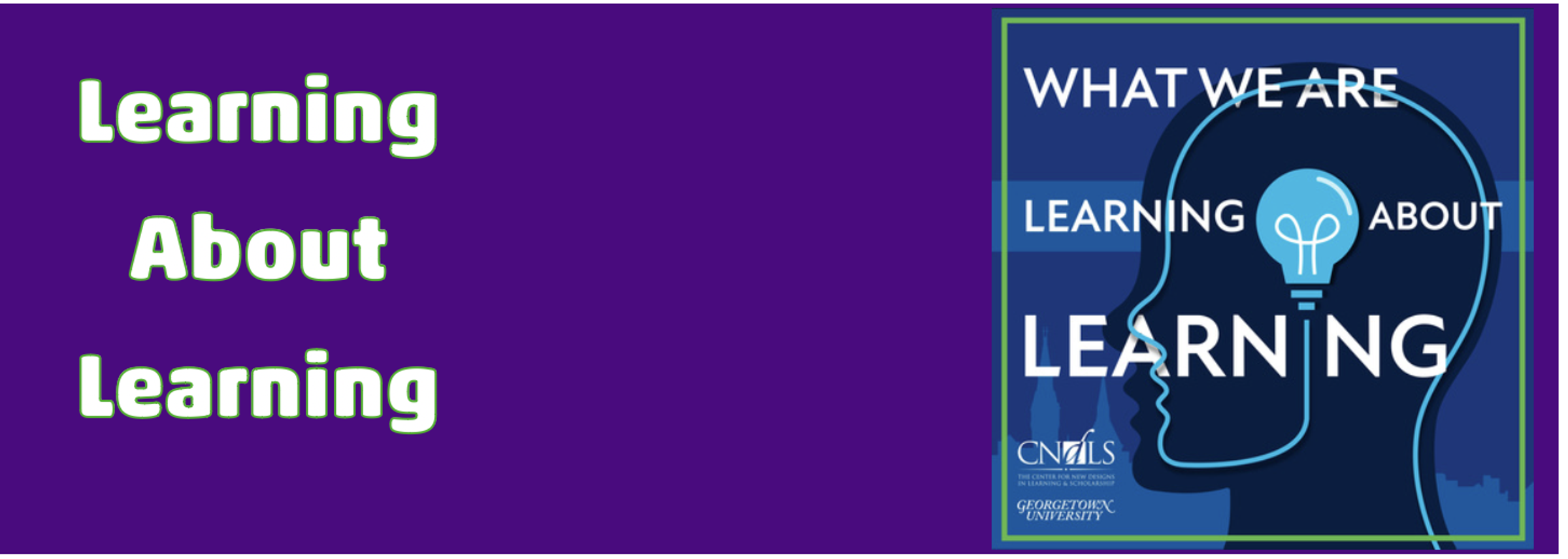Learning About Learning:

Why Movement Programmes are Important:
Incorporating movement programs in primary education is gaining popularity as a way to enhance student learning. Research shows that physical activity benefits children's health and is crucial for their brain development.
A study by Mahar et al. (2006) found that short physical activity breaks significantly improved elementary school students' attention and academic performance. These findings showed a direct correlation between physical activity and improved cognitive functions essential for learning, such as concentration and memory retention.
Movement-based learning programs like Brain Gym or the INPP Schools’ Programme offer targeted exercises that stimulate brain development in a manner that traditional physical education may not.
Educational theorists like Jean Ayres and Norman Kephart report that motor skills development is fundamentally linked to cognitive functions. For example, coordination and balance exercises help enhance neural connectivity and brain function, directly impacting academic skills like reading and writing (Goddard-Blythe, 2005). These programs are designed to fine-tune motor skills, crucial for academic tasks such as handwriting and the visual tracking needed for reading.
Implementing daily movement routines can significantly affect areas of the brain responsible for skills like problem-solving, memory, and behavioural self-regulation.
A comprehensive review by Diamond and Lee (2011) highlights that children who participate in regular physical activity show better executive function, which predicts success in math and reading. These skills are critical for academic success and well-being, demonstrating that movement programs offer holistic benefits to young learners.
The practical application of these theories in schools has demonstrated positive outcomes. For example, the Youth Sports Trust has incorporated simple exercise routines in schools through its 'Inspiring Partnerships' program, leading to noticeable improvements in underachieving students.
Teachers have observed enhanced concentration and fewer behavioural issues, creating a more conducive learning environment (Youth Sports Trust, 2009). These programs are particularly beneficial in addressing the needs of students with learning difficulties, providing them with some of the tools necessary to overcome barriers to learning.
Integrating movement programs into the primary school curriculum positively impacts students' ability to learn and retain that learning. It supports physical health, mental health and well-being, and student self-regulation.
Many children move to learn, and many more need the opportunity to learn to move. Both enrich the learning experience and help embed and express the learning.
References:
- Mahar, M. T., Murphy, S. K., Rowe, D. A., Golden, J., Shields, A. T., & Raedeke, T. D. (2006). Effects of a classroom-based program on physical activity and on-task behaviour. Medicine & Science in Sports & Exercise, 38(12), 2086-2094.
- Goddard-Blythe, S. (2005). Releasing educational potential through movement: A summary of individual studies carried out using the INPP Test Battery and Developmental Exercise Programme for use in Schools with children with special needs. Child Care in Practice, 11(4), 415-432.
- Diamond, A., & Lee, K. (2011). Interventions shown to aid executive function development in children 4 to 12 years old. Science, 333(6045), 959-964.
- Youth Sports Trust. (2009). Inspiring Partnerships. [DVD]. Available at local educational resources.
